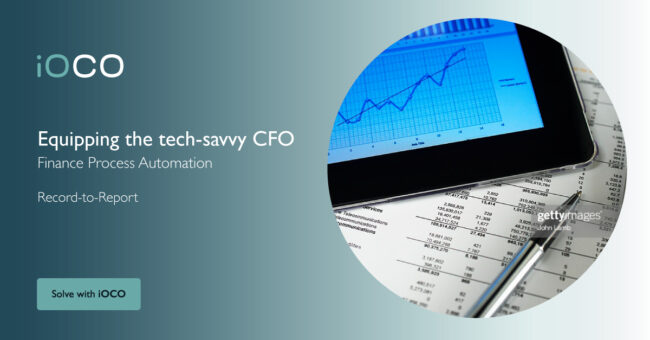A few years ago, I read that NASA was starting a new programme to go back to the moon. They mentioned that they would need to start from scratch. I wondered why, when they had already been to the moon. I realised that not only was the NASA team a new team but the requirement was different as well, as NASA plans to build a base on the moon and not just touch and go. NASA isn’t actually starting from scratch, they have the tools and knowledge gleaned from other missions over the years to assist them.
For many of my ECC customers, the move to S/4 is the same, the issue of starting from scratch and reimplementing seems like a good idea because we cast off past mistakes. We may also not have the same implementation team we had on the original implementation. However, starting from scratch comes at a much higher cost. Preferably we would want to harness the lessons learnt and channel our efforts, taking advantage of the good things built. So, we advise our customers that a conversion is cheaper than a new implementation. We say this because of the feedback coming from multiple projects and that is that a conversion is the best way to go.
We understand that the mission directives are different, so how do we best prepare for that. There are a few conversions that we feel can be accomplished in the ECC environment ahead of a S/4 Conversion. These are steps that will drastically simplify the conversion process and will mitigate risks in the upgrade. The two fundamental areas to consider is the implementation of the Business Partner into the ECC environment and the conversion to Flex/GL (NewGL).
The Business Partner is by in large a conversion project that does not affect the customer or vendor master but will enrich it. It does not replace the customer nor vendor as finance, MM and SD modules will continue to use their respective master data items. The concept of the business partner is extremely relevant in S/4, so this is something to consider doing ahead of the conversion.
The standard upgrade or conversion programs for S/4 will upgrade the Flex/GL into the Universal Ledger in S/4. This primarily means that the S/4 financial standpoint is that Flex/GL principles are the base principles in S/4. The concept of splitting financial line items down to a lower granular level is extended further in the Universal ledger where we see labour and material costs also splitting line items. Fundamentally the concept needs to be understood by the business as it shifts the accounting mindset to produce accurate and complete financials in key areas of responsibility in the business and moves finance from a historic view to a predictive future view going forward.
REFLEX™ is a product we developed in 2006 to achieve just this. It builds complete finance ledgers in Flex/GL using the existing Classic finance data in the ECC environment. It manages the conversion process from a data volume perspective as well as a Finance Audit and control perspective. Bringing experience from past projects, REFLEX offers a dashboard with guides into configuration and the conversion process.
REFLEX is also capable of building new ledgers in the S/4 Universal ledger and capable of migrating a customer from Non-Split ledgers to Split ledgers.
We advise our customer to engage with us on a POC conversion. The steps taken in the POC can quickly be rolled out to the Production environment during the S/4 move. This will give the users time to understand the Business Partner and Flex/GL mechanisms in a POC system. It will buy you time to build a complete roadmap to S/4 while taking decisive steps forward today. Primarily these two conversions can be done anytime, they are not year-end dependent and they can both convert the entire system.
And if you are not happy with the results, the process can be repeated quickly and easily until the business is satisfied. We feel that these two conversions should be done this year or as quickly as a POC environment can be defined. From there a gap analysis can determine your risks and assist you in building your roadmap to S/4.
Today I realise that the plan to build a base on the moon is not an end goal but a starting point for further exploration into the solar system. Much like SAP’s stance on S/4, we see that for many S/4 Customers, the shift into new innovations and business optimisation is accelerating. We encourage our customers to engage with us to assist them in building a roadmap and innovating future business plans with them.

Article written by Clive Simmonds
SAP Innovations and Solutions Head, Enterprise Applications at iOCO



